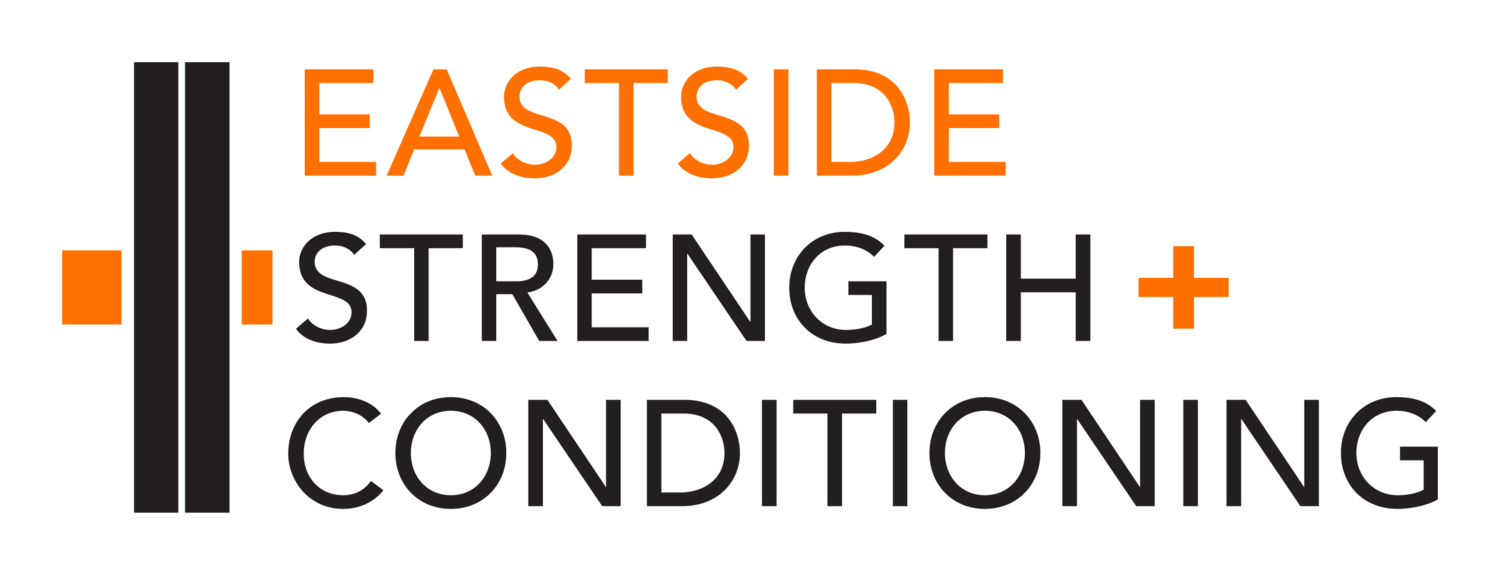Hand maintenance
Because the question of how to deal with hand callusing has been reoccurring lately, it is time to address it here. We are not promoting manicures. We are promoting maintenance to your hands, so that you can continue to be successful with your training--not tapping out because your hands are thrashed. Take care of business so that you can stay in the game.
Callusing is the body's natural means for dealing with surface friction. In an effort to protect the dermis, a think mass of skin develops at frequently used contact points, most notably the pads at the top of the palms.
If you do not regularly maintain your hands (keep them semi-smooth on the surface, yet still deeply callused), you will end up tearing skin from your hands. It is only a matter of time.
Many methods exist for hand maintenance. We know people who use an electric dremel, on low speed, with a drum sander attachment. It is quick, taking about 5 minutes, and not as scary as it may sound--once you get the hang of it.
Another great, highly recommended tool is the Pedro callus stone. It works better than conventional pumice stones, and, with a proper soak prior to filing, will effectivley take down the roughness of your calluses and keep them from getting too thick--both of which are sure to lead to tearing on your next big pull-up, deadlift, or o-lift workout. File frequently.
What to do, though, if you do end up tearing the skin from your hands, despite our cautions about the importance of preventative maintenance? One option is to clip off the remaining skin flaps and keep the wounds clean. Of course, this is going to limit your pulling activities until your hands heal.
Another possibility is to use glue to mend the lesion--after thoroughly cleaning the affected area. Gluing down the edges of the torn skin can get you back to training while you heal. Gluing also allows the tender area under the abrasion to heal and toughen. As the skin beneath grows out, keep gently sanding the top level skin to keep the edges smooth. Eventually the glued top layer will have to be removed, but by then the newer layers of skin will be tougher. Ordinary Super Glue or Krazy Glue-type products (methyl-2-cyanoacrylates) can work for this, though they are not recommended because of concerns about potential toxicity. There are, however, medical-grade tissue adhesives designed and approved for human or veterinary uses (containing butyl, isobutyl or octyl esters rather than methyl alcohol) that would work.
Obviously, the best cure here is prevention. Get filing!
[Note that we are not medical professionals and are merely passing on lore and the results of personal experience. Don't try this at home, use at your own risk, YMMV, keep your hands in the vehicle at all times, we are not responsible for lost or stolen items, and all other caveats and disclaimers apply.]
